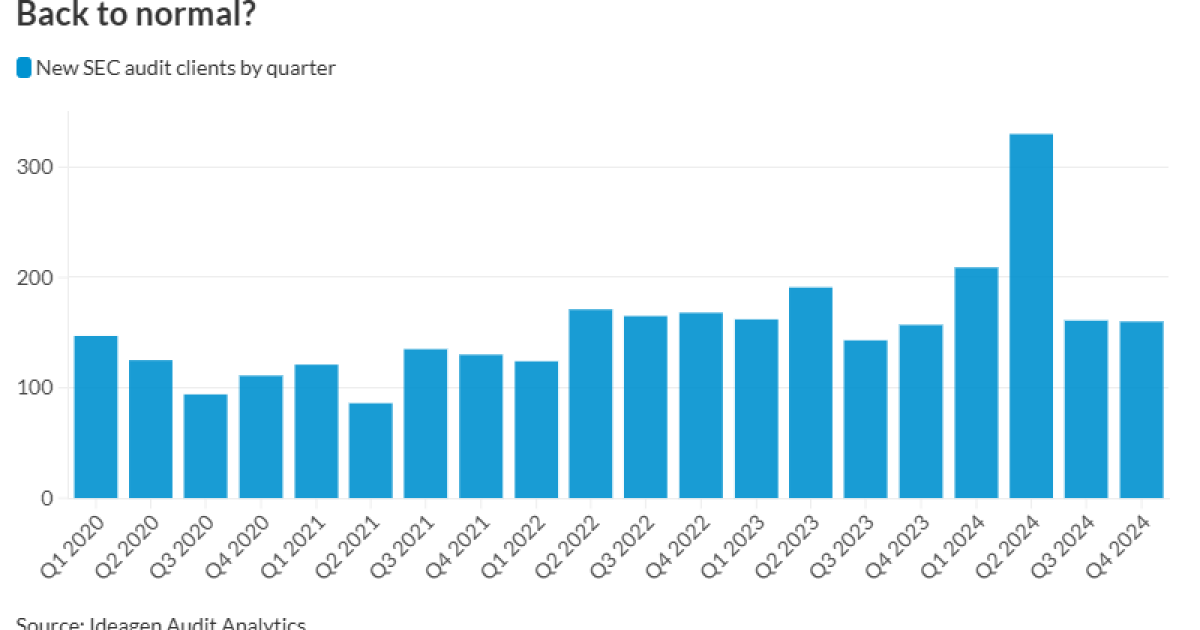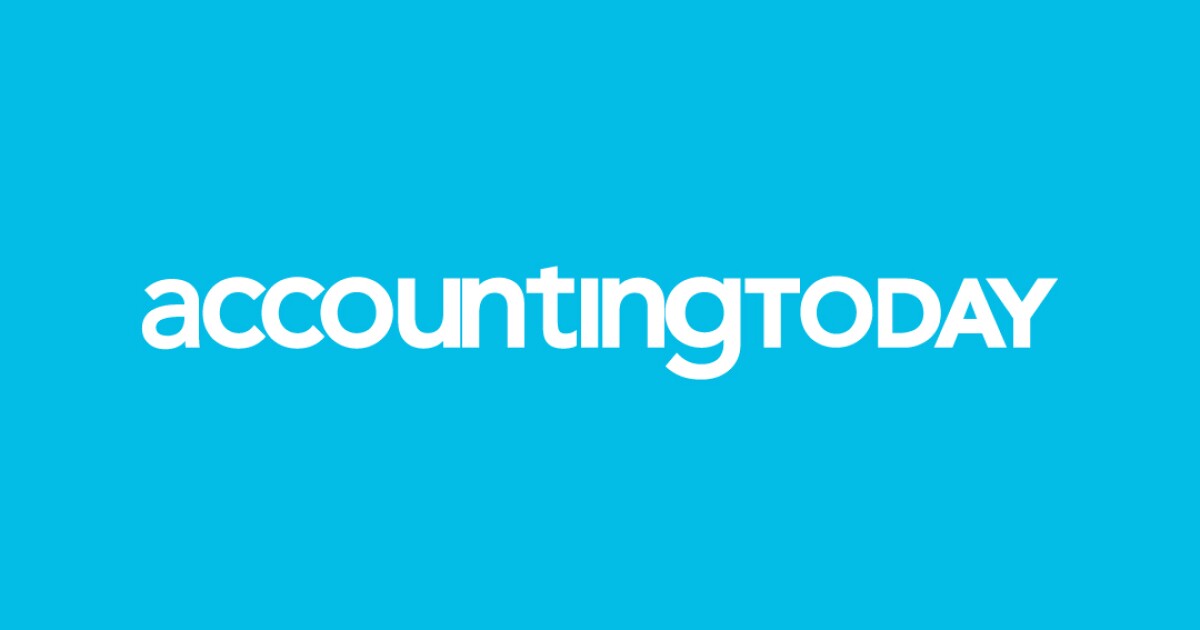The departure of audit firms from the Securities and Exchange Commission market can prove a boon for those who remain: Pennsylvania-based auditor Stephano Slack brought on the most new SEC clients in the fourth quarter of 2024 thanks to picking up engagements from an exiting firm — a repeat of a similar situation in the third quarter.
Wayne, Pennsylvania-based Stephano Slack grabbed 11 new clients (and netted 10) from Blue Bell, Pennsylvania-based Morison Cogen, which stopped providing audit services to publicly traded companies in the fall of 2025. (See “Net engagement leaders.“)
That isn’t the only way to pick up new clients, of course: Houston-based HTL International added six of its eight new clients in Q4 from TPS Thayer in Sugar Land, Texas, after the two firms created a strategic collaboration in November that included HTL bringing on the audit team of TPS Thayer.
And while it was a relatively slow quarter for the largest auditing firms, the combination of CBIZ/CBIZ CPAs and Marcum late last year looks likely to benefit a range of audit firms, with Marcum shedding a net of 27 firms. Three out of CBIZ CPAs’ six new clients came from Marcum, while lots of other firms picked up individual Marcum clients. (See “Q4 2024 client gains & losses.”)
The total number of new engagements hit 160, roughly the same as Q3 and much lower than previous two quarters (which had been boosted in part by the implosion of audit firm BF Borgers), but still well above the low numbers from the midst of the COVID pandemic.
SEC clients by filing status, and more
In terms of clients by filing status, KPMG once again led among new large accelerated filers, while Stephano Slack took the lead among non-accelerated filers and small reporting companies. (See “Audit leaders“) Everyone tied for new accelerated filers — with one.
BDO USA took the lead among large auditors in terms of new clients in Q4, and that helped it top the league tables for new market capitalization audited, with the overwhelming majority coming in the form of computer server manufacturer Super Micro Computer Inc.’s $49 billion. BDO also took second in new audit fees, thanks again to Super Micro, which accounted for $4.76 million of the firm’s $5.84 million. (See “New client leaders.“)
Meanwhile, PwC came first in new assets audited, thanks largely to adding asset manager Nuveen, while KPMG came first in new audit fees, with natural gas and electric power distribution company UGI Corp. contributing the most, at $9 million. KPMG also came second in new market cap and new assets audited.
Data for the quarterly rankings are provided by Ideagen Audit Analytics, a premium online intelligence service delivering audit, regulatory and disclosure analysis. Reach them at (508) 476-7007, info@auditanalytics.com or www.auditanalytics.com.


 Accounting1 week ago
Accounting1 week ago
 Economics1 week ago
Economics1 week ago
 Personal Finance1 week ago
Personal Finance1 week ago
 Personal Finance1 week ago
Personal Finance1 week ago
 Personal Finance1 week ago
Personal Finance1 week ago
 Economics1 week ago
Economics1 week ago
 Finance1 week ago
Finance1 week ago
 Finance1 week ago
Finance1 week ago










